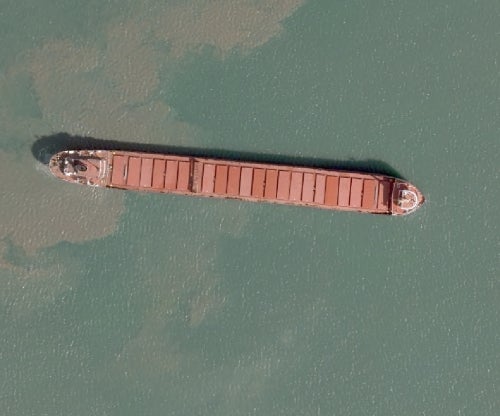Contact the Geospatial Centre
Dana Porter Library, Room 328
University of Waterloo Library
Waterloo, Ontario N2L 3G1
Email: librarygeo@library.uwaterloo.ca
Received on May 24, 2011 from the Geospatial Competency Centre, Mapping Services, City of Toronto, two distinct and complete 2009 colour orthoimagery data sets for the entire City of Toronto.
The first data set consists of 5,754 tiles each covering an area of 0.5 km2 and with an image resolution of 10 cm ground pixel. The orthoimagery is generated from the Enterprise Stereoscopic Model (ESM) and created to print and view at a scale of 1:350.
The second data set consists of a 2009 Ortho Mosaic with an image resolution of 40 cm of ground pixel and covering the entire City of Toronto. The ortho mosaic file was generated by using the City of Toronto's 2009 10 cm ground pixel orthoimagery. A resampling factor of 4 was applied to produce the 40 cm ground pixel mosaic.
A detailed 2009 index (PDF) provides the eleven digit identifying number for each .5km tile.
Coordinate system for these georeferenced tiled orthos and the mosaic is Modified transfer mercator zone 10, North American Datum (NAD) 27. They are stored as compressed MrSID data files, with accompanying Sid World (SDW) files. Average file size for each tile is 3.5 MB, and the mosaic is 615 MB.
In order to access these data sets, please visit the Geospatial Centre reference desk during reference hours . Library reference staff are available to provide further information about these data sets and to deliver data upon request. Under the terms of the library's license agreement, these images are for use by students, faculty, and staff at the University of Waterloo only.
There are public workstations in the Geospatial Centre that provide access to both ArcGIS software programs, program extensions and data manipulation utilities. Patrons may use the Geographic Information System (GIS) and image processing software in the library to view and manipulate the data. UWaterloo faculty, students and staff may copy these data to other media (for example: CD, DVD or Zip disc) for use elsewhere.
These images may be exported from ArcGIS in a choice of bitmapped formats (also known as raster graphics) including JPG, TIFF, GIF, and BMP or in a choice of vector graphics formats including Adobe Illustrator (AI), Encapsulated Postscript (EPS), and Scalable Vector Graphics (SVG). Yet another option is PDF. The user defines the output resolution.
These data are provided for personal use for academic, research, and/or teaching purposes. A data release agreement must be agreed to before these licensed data can be released. The City of Toronto Geospatial Competency Centre must be acknowledged on any derivative product, whether printed or electronic, including for example, a printed map, a raster or vector graphic, a web-based application, etc. Patrons are advised to fully respect the provisions of Canada's Copyright Act as well as terms and conditions imposed by the data provider.
2009 orthoimagery [computer file], Geospatial Competency Centre, Mapping Services, City of Toronto, Ontario 2009

Data courtesy of the Geospatial Competency Centre, City of Toronto
Dana Porter Library, Room 328
University of Waterloo Library
Waterloo, Ontario N2L 3G1
Email: librarygeo@library.uwaterloo.ca
The University of Waterloo acknowledges that much of our work takes place on the traditional territory of the Neutral, Anishinaabeg and Haudenosaunee peoples. Our main campus is situated on the Haldimand Tract, the land granted to the Six Nations that includes six miles on each side of the Grand River. Our active work toward reconciliation takes place across our campuses through research, learning, teaching, and community building, and is co-ordinated within the Office of Indigenous Relations.